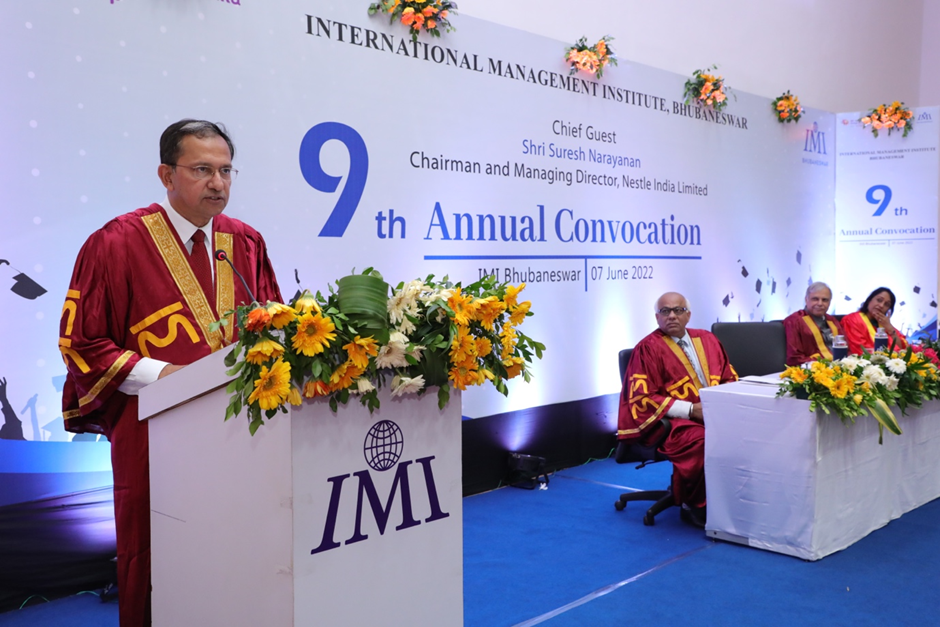Are we prejudiced about middle India consumers?
Are we prejudiced about middle India consumers?
Increasingly, we are finding consumers saying ‘Oh no, not again’ when they see another top established star in advertising or public service commercials. So, while established stars are always at the top of the Forbes and other celebrity indices, they are more a reflection of the box office earnings and fame ranks. But those ranks may be hiding something very potent for marketers – of how tired consumers are, of seeing their favourite stars too often. And more importantly, we need to answer the question ‘how relevant are they for our target audience?’.
For example, a few years ago, to mark the launch of
its new XE model, car maker Jaguar enlisted singer Emeli Sandé, actor Idris
Elba and designer Stella McCartney to ramp up interest from a new audience. Or
Seinnheiser used Miley Cyrus to endorse its range. Steve Dalton, director of
marketing at Sennheiser said, “Over the years we have decided that it’s not
right for us to choose an artist simply because they are the biggest selling or
most famous because it limits us to attracting only a certain demographic.”
Vivienne Francis, director of communications at Prostate Cancer UK said,
“Celebrity-fronted campaigns can be effective, but it is naive to believe a
famous face is enough on its own to build credible engagement.”
Colgate broke the mould a year ago by moving from
Sonam Kapoor to Shraddha Sharma for their Colgate Visible White. According to the company, they got much
more traction with Shraddha Sharma. Perhaps then, it is no surprise that Thums
Up decided to ditch Salman Khan for Ranveer Singh recently. Most colas are
talking to young people and Thums Up’s major franchise is the youth in Class 2
towns. So, what might have made Thums Up ditch the no. 1 star Salman Khan on
the Forbes Celebrity List, with the no. 12 star? I have no doubt that it is the
same misgivings that have bothered marketers in other parts of the world as
well. Thinking about tomorrow and about the appropriateness of how relevant the
endorser is with youth. And there is little doubt that Ranveer Singh is
becoming an increasingly influential icon with the Indian millennials.
An earlier study conducted by DigitaBi, Razorfish,
Tumblr and Yahoo gave some tips on how to engage youth with content:
- Set the mood
- Help millennials escape
- Fuel creativity and play
- Spotlight pop culture
- Help millennials succeed and help them discover
The new Thums Up TVC sticks close to that knitting
by extending the earlier thought of ‘Main Hoon Toofani’ which was launched
earlier this year. The ad aims to inspire consumers to unleash their toofani
(heroic) spirit. However, in the new commercial, our protagonist is not crazy
about going to any length to acquire the beverage as in the earlier
commercials, but is more interested in saving school children from a road
accident. Again, a subtle change that is likely to attract the youth, who hate
a forced plug-in for any brand and the traditional ‘brand window’ as a
mandatory. They say that the youth increasingly don’t like ‘hard sell’ and
prefer ‘light touch’ advertising. The kind of scale and action portrayed in the
ad is of course just what middle India thrives on. It is the kind of fantasy
they would love to live, and this is where the brand becomes a kind of mirror
for consumers to see themselves in. But we may miss that subtle nuance, if we
put on our jaded, prejudiced urban lens to review the ad.
"Ever since youth culture became a defined
concept, marketers have been using the unique values of youth as an ‘in’ to
young consumers,” according to a study from Havas. So, most brands especially
those in highly competitive categories are willing to do anything that can get
that nod from the youth. Marketers are also realising that youth want a
different relationship with the product and the brand. If brands can create a
friendship with consumers, you can take your brand to the next level. Because
then you will get a loyal consumer who is willing to support you all the way.
For most marketers hitting the sweet spot for
consumers of the future, seems to be the name of the game. Also, isn’t choosing
a celebrity a bit of a gamble like horse racing? It’s all about predicting the
winners of tomorrow rather than betting on the winners of today.




Comments
Post a Comment